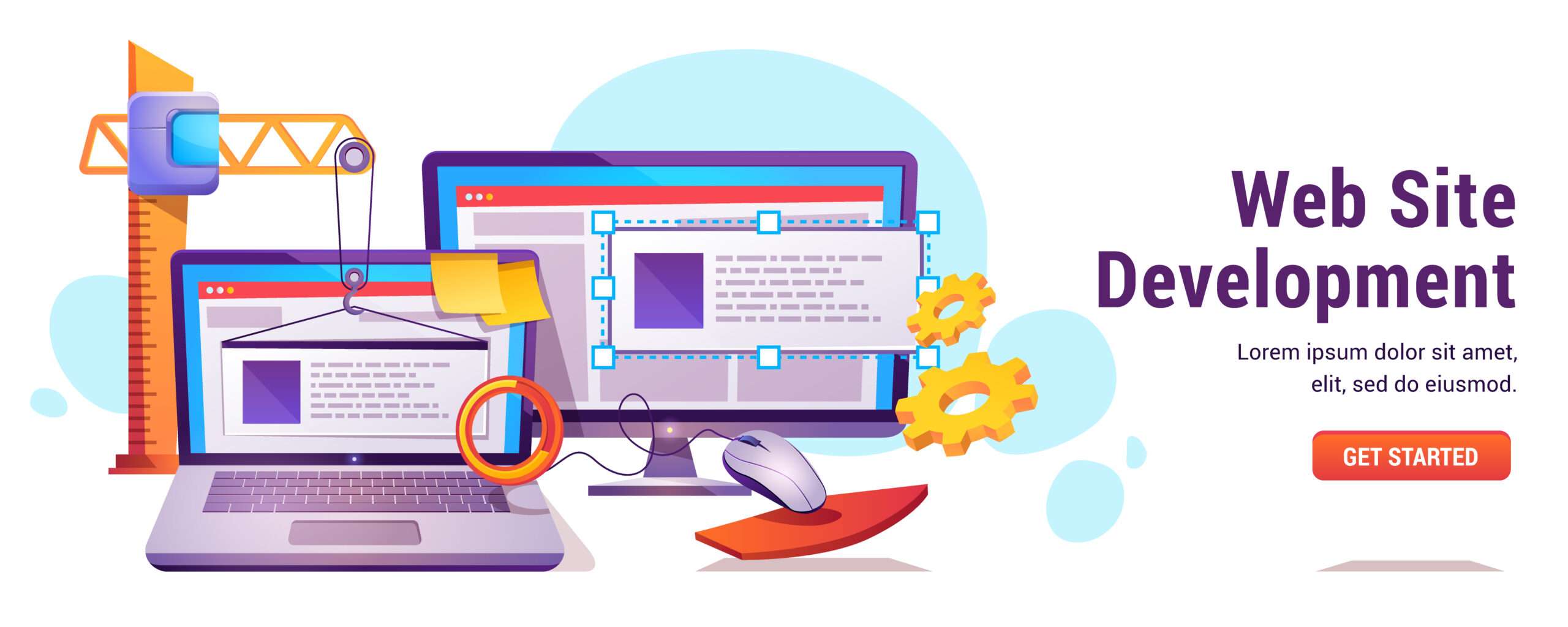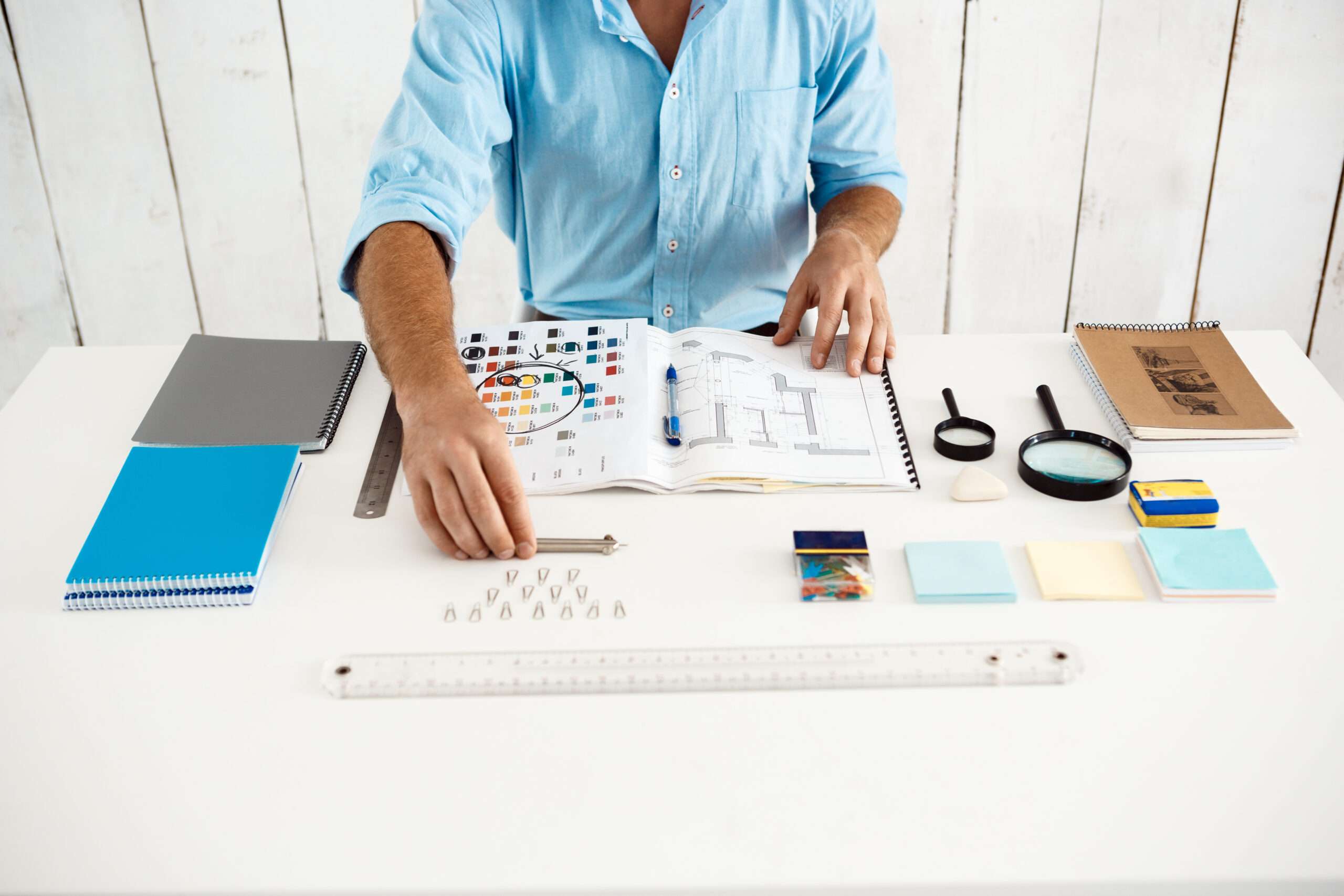Introduction of Graphic Design
Graphic design is a creative and dynamic field that involves combining text, images, and other visual elements to convey a message or communicate a concept. Graphic designers use various tools and techniques to create visually appealing and effective designs for print, digital media, and other platforms.Graphic design is my passion. Which of the following is the best and most complete definition for graphic design?

Here is some best basic information about graphic design
Definition: Graphic design is the process of visual communication and problem-solving through the use of typography, imagery, color, and layout.
Purpose: Graphic design is used to convey a message or information in a visually engaging way. It is applied in various industries, including advertising, marketing, web design, packaging, and publishing.
Best Elements of Graphic Design:
Typography: The selection and arrangement of fonts to enhance readability and convey the intended message.
Imagery: Use of images, illustrations, and icons to complement and enhance the visual appeal.
Color: Strategic use of colors to evoke emotions, create visual hierarchy, and establish brand identity.
Layout: Organizing elements on a page or screen to create a visually pleasing and effective design.
Tools and Software: Graphic designers use a variety of tools and software to create their designs. Common software includes Adobe Creative Cloud tools such as Photoshop, Illustrator, and InDesign, as well as others like CorelDRAW and GIMP.Graphic design resume. Which of the following is not true about graphic design?
Print vs. Digital Design: Graphic design can be applied to both print and digital media. Print design involves creating materials for physical printing, such as brochures, posters, and business cards, while digital design includes web design, social media graphics, and other digital assets.
Graphic Design Process:
Brief: Understand the client’s requirements and project goals.
Research: Conduct research on the target audience, industry trends, and competition.
Conceptualization: Brainstorm ideas and create initial design concepts.
Design Development: Refine chosen concepts, considering layout, typography, color, and imagery.
Feedback and Revisions: Get feedback from clients and make necessary revisions.
Finalization: Deliver the final design files for production or publication.
Skills Required: Graphic designers need a combination of artistic and technical skills. This includes creativity, an understanding of design principles, proficiency in design software, and good communication skills and Graphic Design.
Career Opportunities: Graphic designers can work as freelancers or be employed by design agencies, marketing departments, publishing houses, or other organizations. Roles may include graphic designer, art director, web designer, or UX/UI designer.Graphic design jobs near me Graphic Design. See Our Project CLICK HIRE
People also ask Graphic Design Negative Question.
What are some negatives of being a graphic designer?
What is bad design in graphic design?
What are the 5 common mistakes graphic designers make?
What are some weaknesses for graphic design?
The Power of Graphic Design in He-Man: A Positive Perspective
Graphic design has played a crucial role in defining and enhancing the He-Man franchise, transforming it into an iconic and enduring presence in popular culture. From the vibrant illustrations in comic books to the dynamic animation of the TV series, the impact of graphic design on He-Man is both profound and multifaceted.
- Iconic Visual Identity
The visual identity of He-Man, with its bold and heroic aesthetic, is a testament to the power of graphic design. The characters’ distinctive looks—such as He-Man’s muscular physique, Battle Cat’s fierce appearance, and Skeletor’s menacing visage—are masterfully crafted to capture the imagination of fans. The design elements are not just about aesthetics; they tell a story, convey personality, and establish a clear distinction between the forces of good and evil Graphic Design,.
- Engaging Illustrations and Storytelling
Graphic design has significantly contributed to the storytelling aspect of He-Man. The detailed illustrations in comic books and animation cells bring the world of Eternia to life, making the adventures more immersive and engaging. The dynamic compositions and vibrant colors enhance the action sequences, making each battle and quest more thrilling. These visual elements also help in conveying complex narratives and character emotions effectively Grapich Design.
- Nostalgia and Timeless Appeal
The graphic design of He-Man taps into a sense of nostalgia while maintaining a timeless appeal. The design choices, from the logo to the packaging of toys, have a retro charm that resonates with long-time fans. At the same time, these designs are updated and refined to appeal to newer generations, ensuring that He-Man remains relevant and beloved across different age groups use Graphic Design.
- Merchandising and Brand Expansion
Graphic design has been instrumental in the successful merchandising and brand expansion of He-Man. The visually appealing packaging of action figures, posters, and other merchandise has made them highly desirable collectibles. The consistency and quality of graphic design across various products have strengthened brand recognition and loyalty, contributing to the franchise’s commercial success.
- Cultural Impact and Inspiration
The graphic design of He-Man has had a significant cultural impact, inspiring artists, designers, and fans alike. The bold and imaginative designs encourage creativity and have become a source of inspiration in various fields, including fashion, art, and even modern graphic design. The franchise’s visual style has influenced countless other media, cementing He-Man’s place in the pantheon of pop culture icons.
In conclusion, the positive impact of graphic design on He-Man cannot be overstated. It has been pivotal in creating a compelling and visually stunning universe that continues to captivate and inspire. The meticulous attention to detail, creative storytelling, and consistent quality have ensured that He-Man remains a powerful and enduring symbol in the world of graphic design and beyond. Graphic design is a versatile and evolving field that plays a crucial role in visual communication across various industries. Many more information you can See CLICK HIRE
Pursuing a Career in Graphic Design: Online and Physical Opportunities
Graphic design is a versatile and dynamic field that offers numerous career opportunities, both online and in physical settings. As a graphic designer, you can work across various industries, creating visual content for branding, advertising, web design, and more. Here’s a comprehensive look at how you can pursue a graphic design career in today’s interconnected world.
- Educational Pathways
Online Education:
Online Courses and Certifications: Platforms like Coursera, Udemy, and Skillshare offer courses ranging from beginner to advanced levels, covering essential tools like Adobe Photoshop, Illustrator, and InDesign.
Degree Programs: Many universities offer online degree programs in graphic design, allowing you to earn a bachelor’s or master’s degree remotely. These programs provide a structured curriculum and access to expert faculty.
Physical Education:
Art Schools and Universities: Traditional institutions offer in-depth programs that provide hands-on experience with state-of-the-art facilities. Attending an art school or university can also offer networking opportunities with peers and industry professionals.
Workshops and Bootcamps: Local workshops and bootcamps provide intensive training and immediate feedback from instructors, which can be invaluable for honing your skills.
- Building a Portfolio
Online Portfolio:
Personal Website: Create a personal website to showcase your work. Platforms like Behance, Dribbble, and Adobe Portfolio allow you to display your projects to a global audience.
Social Media: Use Instagram, LinkedIn, and other social media platforms to share your work and connect with potential clients or employers.
Physical Portfolio:
Print Portfolio: A well-crafted print portfolio can be impressive during interviews and networking events. It demonstrates your ability to work with physical media and your attention to detail.
Gallery Showcases: Participate in local art shows or exhibitions to display your work and gain visibility within your community.
- Career Opportunities
Online Opportunities:
Freelancing: Websites like Upwork, Fiverr, and 99designs offer platforms to find freelance work. Freelancing allows for flexibility and the ability to work with clients worldwide.
Remote Jobs: Many companies offer remote positions for graphic designers, providing the chance to work from anywhere. Job boards like Remote.co and We Work Remotely list such opportunities.
Physical Opportunities:
In-House Designer: Working as an in-house designer for a company or agency provides stability and the opportunity to be part of a collaborative team. This role often involves working on branding, marketing materials, and internal projects.
Local Businesses: Offer your services to local businesses, startups, or non-profits. Building relationships within your community can lead to long-term contracts and word-of-mouth referrals.
- Networking and Professional Development
Online Networking:
Professional Associations: Join organizations like AIGA (American Institute of Graphic Arts) or the Graphic Artists Guild. These offer online resources, webinars, and forums for connecting with other designers.
Virtual Conferences and Webinars: Participate in online industry conferences and webinars to stay updated on trends and network with professionals.
Physical Networking:
Meetups and Local Events: Attend local design meetups, workshops, and conferences. These events provide opportunities to meet industry professionals and potential clients face-to-face.
Coworking Spaces: Working in a coworking space can facilitate connections with other freelancers and entrepreneurs, leading to collaboration and new opportunities.
- Staying Updated
Online Resources:
Blogs and Websites: Follow blogs like Smashing Magazine, Creative Bloq, and A List Apart for the latest trends and tutorials.
YouTube Channels: Channels like The Futur, Will Paterson, and Satori Graphics offer valuable insights and tutorials on graphic design.
Physical Resources:
Design Books and Magazines: Invest in books and subscribe to magazines such as “Communication Arts” and “Print” for inspiration and knowledge.
Workshops and Classes: Continually improve your skills by attending workshops and classes in person.
Conclusion
Whether you choose to pursue a career in graphic design online or in a physical setting, the key is to continuously learn, create, and network. By leveraging both online and offline resources, you can build a successful career in graphic design that suits your lifestyle and goals. The flexibility of this field allows you to adapt and thrive, no matter where you are in the world.






